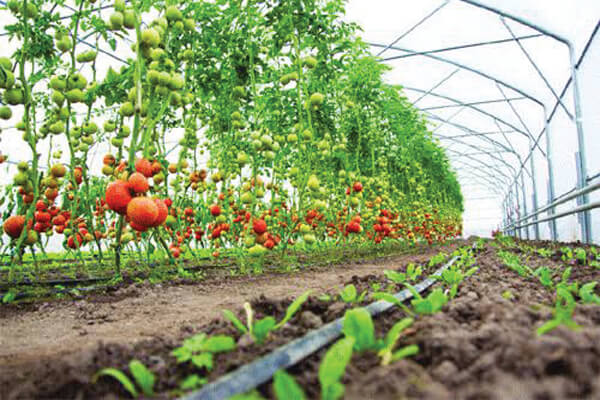

Bijay Ketan Upadhyaya, Director, Horticulture, Government of Odisha
Horticulture in Odisha has emerged as a potential sector moving beyond the rural confines towards commercial production making room for income enhancement, employment generation, entrepreneurship development and nutritional security, says Bijay Ketan Upadhyaya, Director, Horticulture, Government of Odisha in an interview with Elets News Network (ENN).
Please share an overview of the Horticulture sector of Odisha.
Horticulture in Odisha has emerged as a potential sector, offering a spectrum of choices to the farmers for crop diversification. This sector has moved from rural confines to commercial production and promotes private sector investment in the Production Management system. Moderate spell of low temperature at higher altitudes provides a congenial condition for growing off-season vegetables and flowers. Income enhancement, employment generation, entrepreneurship development and nutritional security to the farmer families have been increased along with the export facility of fruits and vegetables with the introduction of new technologies. As much as 13.6 lakh ha., which accounts for 22 percent of the total cultivable areas of the state are covered under horticulture. Fruits and vegetables take up 6,63,520 ha., flowers take up 6,605 ha., plantation crops take up 2,06,819 ha. and spices take up 1,48,673 ha. Odisha is a leading producer of vegetables, fruits, and spices with an annual production of 90 lakh Metric Tonnes (MT), 20 lakh MT and five lakh MT respectively.
What are the unique agro products of the state?
Turmeric of Kandhamal district and Kewda flower of Ganjam district have obtained the Geographical Indication (GI) tag for its uniqueness. Besides, Odisha is first in production of paddy straw mushrooms and the largest producer of sweet potato in India. It contributes to one-third of India’s overall production.
“Turmeric of Kandhamal district and Kewda flower of Ganjam district have obtained the Geographical Indication (GI) tag for its uniqueness. Besides, Odisha is first in production of paddy straw mushrooms and the largest producer of sweet potato in India. It contributes to one-third of India’s overall production.”
Similarly, Odisha stands third in cashew cultivation, production and processing in India claim 16 percent of land under cashew cultivation area at Rs 1.68 lakh ha. and producing 1,00,000 MT of raw cashew nut.
What has been the economic contribution of horticulture to the state of Odisha?
Horticulture invariably improved the economic status of our farmers. The earlier seasonal availability of fruits and vegetables has now been extended to all the year-round, increasing the per capita consumption of fruits and vegetables. It has also played a significant role in women empowerment, providing employment opportunities through mushroom cultivation, floriculture, processing, nursery raising, vegetable seed production etc.
How has the department utilised technology to optimise the agro products?
Odisha is emphasising on cultivation of high-value vegetables under protected structures for increasing the productivity and quality of the products. Special assistance is provided for post-harvest infrastructures like pack house, cool chamber, cold storages, refrigerated van etc. to reduce the post-harvest losses.
What are the challenges of the sector and its mitigation? Horticulture produces are highly perishable and require high investment at the initial stage. Department is making provision of around 25 percent of its allotment under Mission for Integrated Development of Horticulture (MIDH) for post-harvest and marketing infrastructure to realise better remuneration for the farmers. The credit linked projects are being encouraged to provide institutional finance for high investment projects.
What are the initiatives taken to improve the production or cultivation process?
Emphasis is given for the development of Agriculture Production Clusters through organisation of Producers groups and Farmer Producer Organisation. Convergence has been made with Mission Shakti for the cultivation of hybrid vegetables and mushrooms. International collaboration with International Potato Center: CIP, Peru has been made for the improvement of sweet potato and potato sector in the state.
What are the schemes taken for the welfare of the agrarian society?
Schemes like MIDH National Horticulture Mission (NHM), Pradhan Mantri Krishi Sinchayee Yojana (PMKSY), Coconut Development Board, oil palm and kalia – II are being operated in the state. Besides, Direct Benefit Tax (DBT) has also been implemented to make transparency and benefits available directly to the farmers’ accounts.
Be a part of Elets Collaborative Initiatives. Join Us for Upcoming Events and explore business opportunities. Like us on Facebook , connect with us on LinkedIn and follow us on Twitter, Instagram.
"Exciting news! Elets technomedia is now on WhatsApp Channels Subscribe today by clicking the link and stay updated with the latest insights!" Click here!














